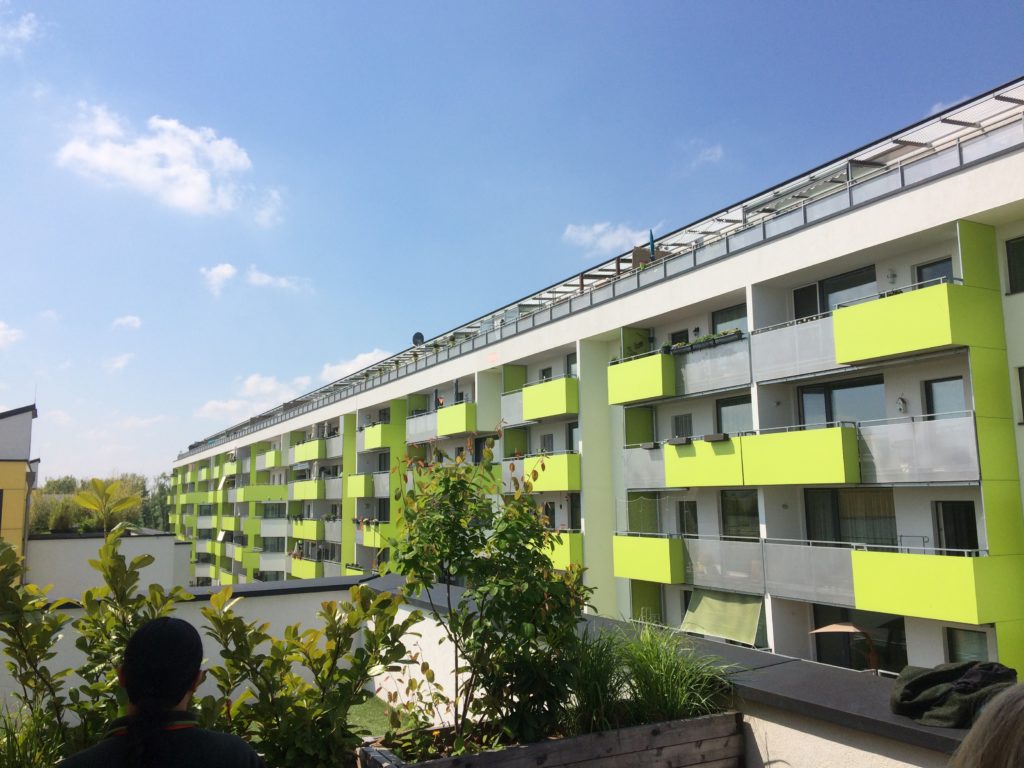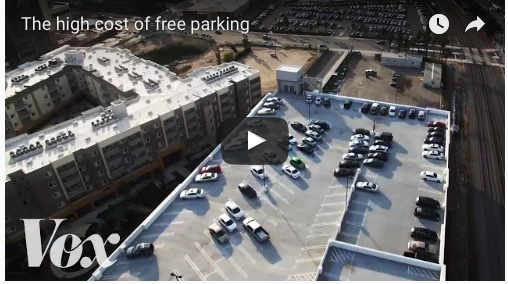What City Observatory did this week
1. Housing policy lessons from Vienna, Part II. In the second of his two guest commentaries, Mike Eliason takes a close look at land use laws and development processes in Vienna–a city generally recognized for its success in making affordable housing widely available to its citizens. A key difference between Vienna and US cities: virtually none of the city’s residential land is zoned exclusively for single family residences; in essence, its legal to build apartments in every residential neighborhood. Not only that, but the city hasn’t been shy about expanding up and out. It’s currently in the process of liberalizing rooftop additions to existing buildings (including its own social housing), and also has aggressively redeveloped under-used industrial sites to create dense new housing. It’s a good example of how more density and more supply play a critical role in meeting demand and keeping rents reasonable.

2. In a New York minute. New York City is famously fast-talking and fast-moving, but in the past few years traffic on the city’s streets has slowed appreciably. South of 60th Street in Manhattan, average speeds have fallen almost 20 percent since 2010, according to city data. Surprisingly, this has happened even though the number of vehicles entering the island of Manhattan has fallen since 2010. The decline in speeds on city streets slows motorists, but also slows the bus system, lowering its productivity, and prompting more transit riders to opt for the increasingly crowded subway. A key part of the congestion problem seems to stem from the growth of ride-hailing vehicles (like those dispatched by Lyft and Uber) which are drawn to the dense, lucrative urban market. Without some form of peak hour road pricing, this problem is likely to get worse.
Must read
1. Speed kills. The National Transportation Safety Board, which famously investigates high profile automobile, rail and airplane crashes, has stepped up to say that speeding is a major hazard to the nation’s health and safety. According to the NTSB, more than 112,000 people have died in crashes attributable to speeding in the past decade. Streetsblog has an excellent summary of their report. One critical NTSB recommendation: highway engineers should junk the out-dated and unscientific 85 percent rule (that says the appropriate speed limit on a highway ought to be the speed that 85 percent of the drivers don’t exceed). That rule, based on fragmentary data on rural roads from the 1950s, is routinely used to justify higher speed limits. But even fixing the 85 percent rule won’t solve the problem: too many roads, especially in urban environments, are designed with lane widths, sight distances, and signals that prompt drivers to go faster than is safe, especially for pedestrians and cyclists sharing (or trying to share) these roads. It’s a welcome sign that NTSB is moving past vehicle safety features and driver behavior to think about the way roads contribute to crashes and deaths.
2. Red tape and fees do increase the price of housing. One of the most attractive myths of housing policy is the idea that we can load all of the costs of achieving housing affordability by charging developers more for housing, either through linkage or impact fees, or requirements like inclusionary zoning. Sightline Institute’s Dan Bertolet takes a careful look at these arguments, and concludes that the myth that regulation is costless persists because it excuses counterproductive housing policies. Bertolet notes that higher costs for development tend not just to affect the cost and price of units that are built, but that they tend to depress the number of units that get built, and this supply-constricting effect tends to drive up the price of all housing. Regulations that limit density and that require off-street parking tend to drive up costs in the most highly valued locations–urban neighborhoods.
3. A must watch video on parking. OK, so maybe you aren’t so obsessed with parking that you’ll want to wade through every one of the 900 or so pages in Don Shoup’s masterpiece “The High Cost of Free Parking.” Now, there’s a painless, and even entertaining seven-minute video that conveys Shoup’s key insights about how our naive belief in free parking has diminished the livability and viability of our cities. Vox and Mobility Lab deserve kudos for this slick and powerful video.
New ideas
How state and local taxing and spending stimulate the economy. Upjohn Institute economist Tim Bartik has a new paper that explores the economic stimulus from state and local fiscal policies. While its well-understood that federal fiscal policies can stimulate the economy, Bartik examines how the pattern of state and local taxes and spending can stimulate job creation. He focuses on the difference in the marginal propensity to consume of high income households compared to the rest of the population. Those in the top ten percent of the income distribution spend a smaller share of their income, and importantly, spend less of it locally than the rest of the population. As a result, shifting the tax burden of any amount of public expenditure from the bottom 90 percent to the top 10 percent tends to result in greater spending in the local economy, and as a result, more jobs.


